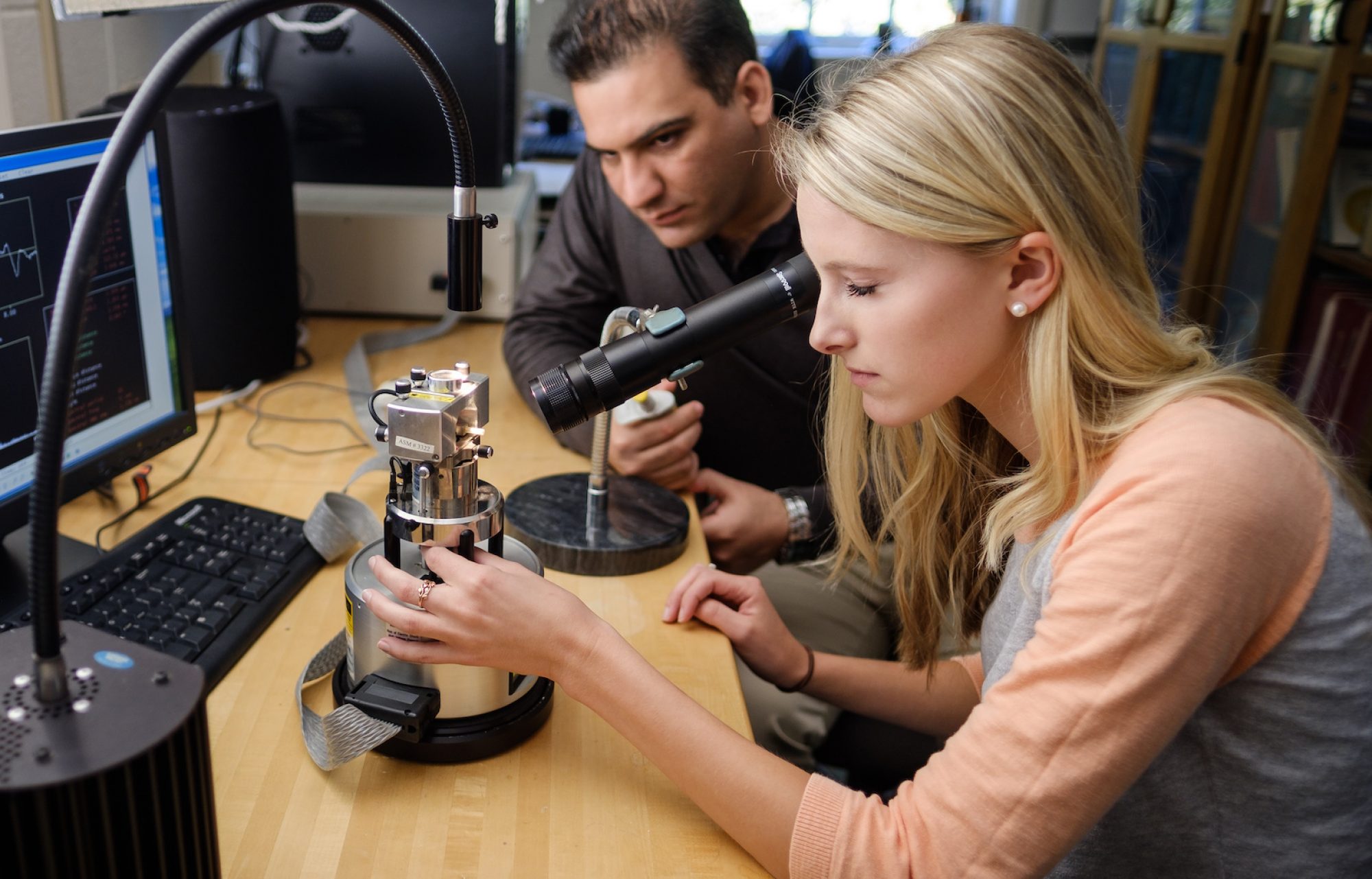Ph.D. Defense: “Metal Halide Perovskite: Innovations in Applications and Processing” — November 16, 2021 at 2:30 PM
Colin Tyznik
Mentor: Professor Oana Jurchescu
Department of Physics
Wake Forest University
ZSR Library Auditorium and Zoom
Tuesday, November 16, 2021, at 2:30 PM
(Private defense will follow public presentation)
To obtain the video conference link, contact wfuphys@wfu.edu
A reception will be held in Olin Lounge* following the Private defense. All interested persons are cordially invited to attend.
* We encourage all to wander out to the front entrance of the building or up to the Observatory Deck on the 3rd floor to enjoy their refreshments.
Metal halide perovskites (MHPs) are an exciting class of materials that have been a topic of great interest in material science and semiconductor research. These materials possess intriguing properties, such as cost-effective processing, high charge carrier mobilities, band gap tunability, and ionic conduction. With such a wide array of properties, MHPs have shown that they can be used in a variety of electronic devices. There is much to learn about MHPs, both in terms of improving device performance and in developing cost-effective and nonhazardous processing MHP components. These studies focus on understanding MHPs in the context of device applications and on processing techniques for MHPs.
We have successfully reduced the contact resistance in 2D perovskite transistors by chemically treating the surface of both the electrodes and the dielectric. We further found that the application of a chemical barrier layer between the electrodes and the perovskite inhibits detrimental chemical reactions at the electrode/perovskite interface, resulting in the lowest reported value for a 2D bottom-gate, bottom-contact polycrystalline perovskite FET. We improved the function in a MHP-based photodetector by adding a layer of the organic semiconductor 2,8-difluoro-6,13-bis (triisopropylsilylethynyl) anthradithiophene (diF-TIPS-ADT) in the architecture of a MHP-based photodetector. Improvements in responsivity and detectivity when compared with the detector without the additional layer. By treating the gold contacts with self-assembled monolayer of (2,3,4,5,6)-entafluorothiophenol (PFBT), we further boosted these gains. We explored the first ever use of laser printing in processing MHPs. In addition to successfully processing high-quality MHPs, the space-charge limited current (SCLC) charge carrier mobilities measured on the printed films were found to be on the same order as mobilities found in MHP single crystals, and the laser printed films were found to be more durable in the atmosphere compared to spin coated MHP films.

